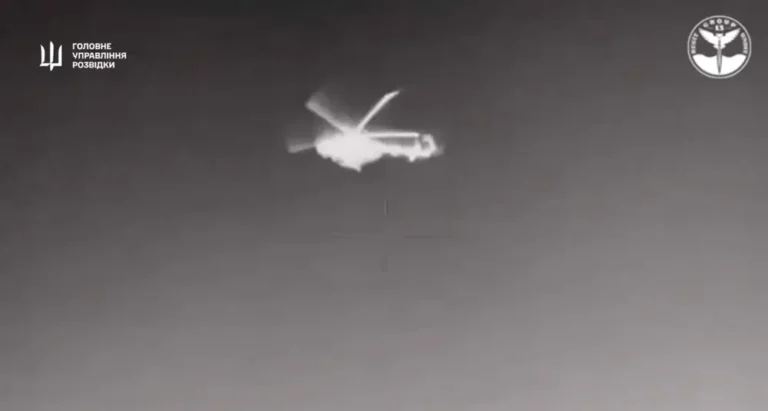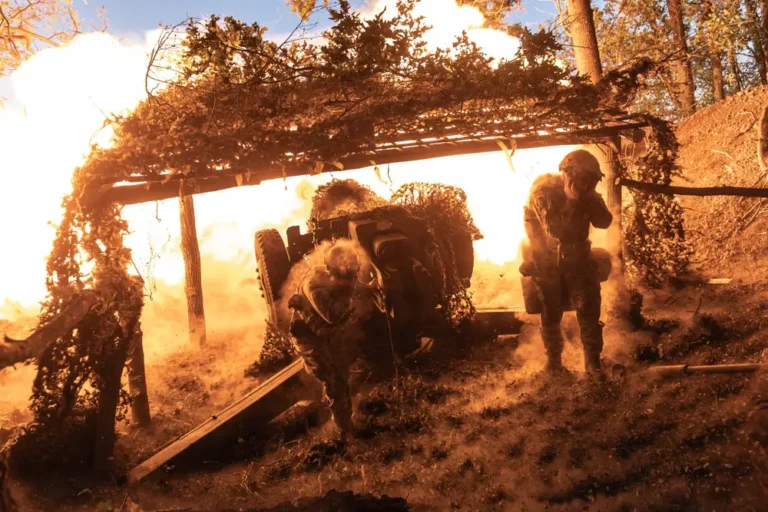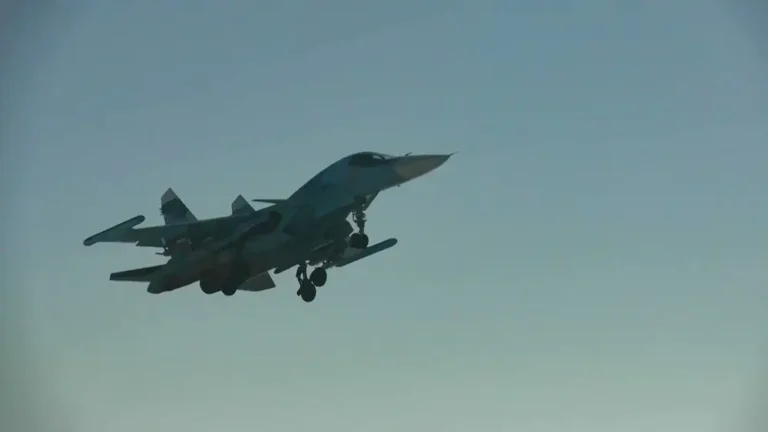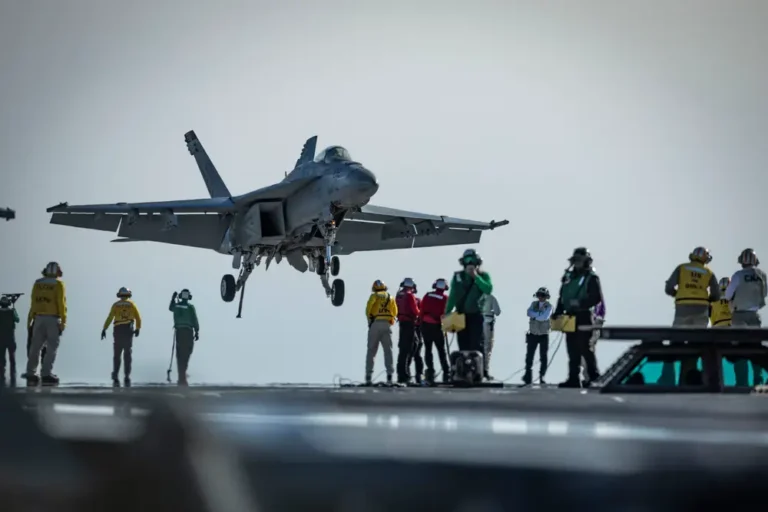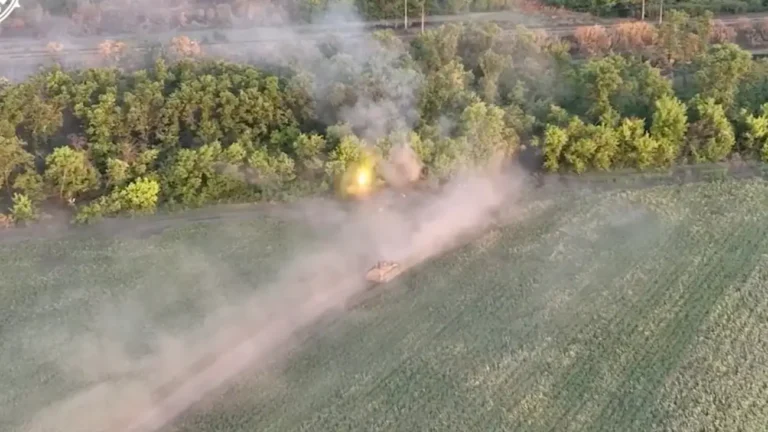The battle of Irpin narrowly saved Ukraine. Here’s how it went down.

Ukraine blew a dam and bridges across the Irpin River to hinder Russia’s advance in the war’s earliest days.
Russia came dangerously close to capturing Kyiv in the early days of the Ukraine war. But a depleted Ukrainian army brigade, hastily mobilized volunteers, and a businessman who blew up a dam saved the city — and Ukraine from losing the war.
That’s the conclusion of American and British experts who examined the fighting along the Irpin River northwest of Kyiv. Based on extensive interviews with Ukrainians who fought at the Irpin, they describe an epic battle won by the narrowest of margins.
“The Battle of Irpin River was a close-run thing,” wrote Richard Sladden, Liam Collins and Alfred Connable in an article in British Army Review, a British military magazine.
The story begins on February 24, 2022, when Russia invaded Ukraine. Paratroopers in helicopters launched an air assault to seize Hostomel Airport, aiming to create an airhead that would allow large transport planes to ferry in the reinforcements and heavy weapons needed to seize nearby Kyiv.
At the same time, Russian armored columns stationed in Belarus, on Ukraine’s northern border, advanced south, aiming to seize Kyiv. One Russian assault group advanced down the eastern bank of the Dnipro River, and the other down the western bank.
This caught Ukrainian troops dangerously out of position. “Russia’s attack on Kyiv from the northwest was a shock but not a surprise,” according to the British Army Review article. “Ukrainian commanders had to make difficult resource allocation choices. An attack on Kyiv from Belarus was the most dangerous course of enemy action, but because it was audacious it was also deemed least likely. An attack in the east and south of Ukraine was the most likely course of action, therefore Ukrainian forces were primarily arrayed against this.”
Thus the understrength Ukrainian 72nd Mechanized Brigade was one of the few units left to defend Kyiv. Even then, the brigade was mainly positioned to stop an attack on Kyiv from the east. The exact strength of the 72nd isn’t clear, but a full-strength Ukrainian brigade might have around 3,000 personnel — and the 72nd was far from full strength. Many soldiers were armed with just rifles, backed by a few armored vehicles, anti-tank missiles and guns, and multiple rocket launchers.
They faced a Russian force roughly estimated at 10,000 soldiers, well-equipped with tanks, infantry fighting vehicles and artillery. This should have made it easy for the Russian column on the west bank of the Dnipro to quickly reach Hostomel Airport — also known as Antonov Airport, just 80 miles away — to link up with the paratroopers, and then advance southeast to Kyiv. But to reach Kyiv, they would have to cross the Irpin River, a tributary that arcs through the city’s outskirts and meets a dam by the Kyiv Reservoir.
“The defensive line around Kyiv was thin,” the article said. “The 5th Company of the 72nd Brigade deployed with only 22 soldiers. Numbers swelled over the initial days of the invasion as newly mobilized troops arrived, but the company and many of its sister units were persistently understrength compared to the Russian units across the [Irpin] river. That the bridges along the river were not destroyed on the morning of the invasion nearly cost Ukraine its capital.”

In many ways, the Russian plan resembled Operation Market Garden in 1944, a bold plan to use American and British paratroopers to seize bridges across several rivers in Holland, creating a corridor for British armored divisions to cross the Rhine River and into Germany.
Market Garden proved “a bridge too far,” doomed by sloppy planning, rough terrain, lack of aggressiveness by Allied tanks, and unexpectedly tough German resistance. Then, as now, paratroopers were a shock force that lacked the armor, heavy artillery and supplies needed to dislodge fortified positions. The same issues afflicted the Russian drive on Kyiv.
For starters, the Russian paratroopers failed to capture Hostomel Airport against determined Ukrainian resistance, with several helicopters shot down; 1,000 Russian reinforcements in a fleet of 18 transport planes were turned away, possibly over concerns they would be downed. It wasn’t until February 25th that the westernmost ground column secured the airport, by which time the Ukrainians had rendered the runways unusable.
Meanwhile, a Kyiv businessman named Andriy (a pseudonym) realized that blowing the dam 14 miles north of Kyiv would cause the Irpin to flood its banks and slow the Russian advance. A hastily arranged meeting with Colonel General Oleksandr Syrskyi, then the commander of Ukraine’s ground forces, garnered a ton of explosives and an engineering officer. The result was dumping 31 billion gallons of water into the Irpin, which restricted Russian maneuver.
Nonetheless, Russian troops could have “bounced” the Irpin while Ukrainian defenses were weak by using undamaged bridges or building their own pontoons. “The Russians easily could have crossed the Irpin had they been more aggressive,” Liam Collins, a former US Army Special Forces officer who co-authored the article, told B-17. “They should have crossed on the 25th, as soon as the leading edge of the column reached the city’s outskirts. But since they had no plan for meeting Ukrainian resistance, it completely stalled them, and they had to stop and build the plan which they should have already had. This gave the Ukrainians time to blow the bridges, establish their defense, and mobilize.”
“The Russians believed they would advance on the capital in what was basically a parade formation and not a combat movement,” said Collins, who has advised the Ukrainian military. “So they had to completely regroup.”
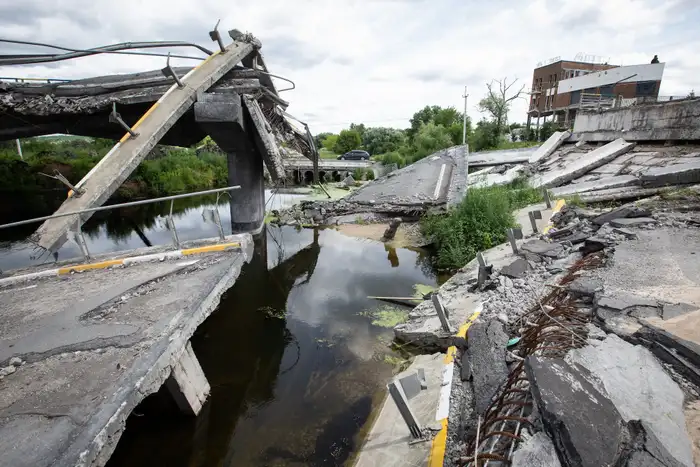
Russian forces weren’t prepared to rapidly deploy pontoon bridges to replace those across the Irpin River that Ukrainian troops had blown up.
Russian columns eventually tried to cross the Irpin at the end of February and into March. But it was too late. “Russian commanders had no option but to push forward in linear columns with ill-prepared forces into still thin, but now far more robust and prepared defenses,” the British Army Review article said.
The attempted crossings were halted by the 72nd Mechanized Brigade, some Ukrainian tanks and artillery, and hastily mobilized volunteers who learned how to operate their deadly Western-made Javelin and NLAW anti-tank missiles on the spot. “In my company, if a position had a Javelin, one soldier dug a hole while the other watched a YouTube video on how to fire it,” recalled one Ukrainian officer.
These guided missiles and artillery shredded Russian tanks and perceptions of their inpregnability.
By the end of March, Russian forces withdrew back to the north. If Russian tanks had managed to cross the Irpin and entered Kyiv, the war could have essentially ended in Russian victory within the first week.
No plan survives contact with the enemy, and unexpected snafus — what the German military philosopher Carl von Clausewitz called the “friction of war” — inevitably disrupt the cleverest of strategies, which the Kyiv assault was not. Ukraine also displayed a remarkable ability to quickly mobilize volunteers who proved effective.
Nonetheless, Collins blames the Russian failure on shoddy preparation. “It was 100 percent sloppy planning, a lack of preparation, and unexpected Ukrainian resistance that should have been anticipated,” Collins said. “The mechanized forces should have rolled through this minimal defense like a hot knife through butter.”

